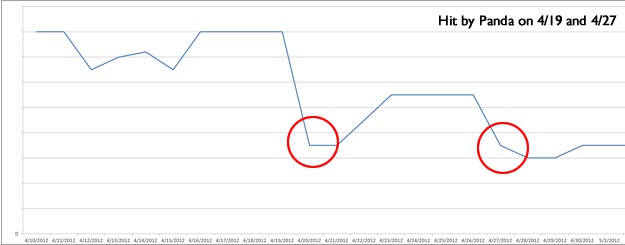Many new things are happening in the SEO space, but one slogan remains unscathed. And that is – search engine optimization is both art and science.
For web publishers, becoming successful means just one mantra. Choose story topics based on popular searches by adopting a wide range of tactics.
Tactics adjust or modify according to time, so it is but natural that we speculate what future holds for search engine optimization.
The most compelling feature we can think of at the moment is the story of the phenomenal growth of smart phones. Of the over four billion mobile phones in the world today, more than one billion are smart phones. If web publishers ignore this buzz, they would go nowhere.
In the year 2011, more than half the local searches were done from a mobile device, nearly 86 percent of mobile users were watching TV, and one-third of all users, approx 200 million, accessed Facebook from a mobile device.
What does this mean for SEO?
Simple – Mobile search SEO will continue to dominate as standard website search optimization through 2012. And smartphones most likely will surpass computers as the mode to access the internet.
With more people using mobiles for networking, social networking is set to explode. Web publishers must leverage this undeniable fact and make smartphone users as target audience for a successful strategy.
Now, here is a second piece of truth.
Expect more forceful duplicate content filtering. Google is on this already.
In March this year Google announced what die-hard SEOs have been expecting all along. It is now using semantic search into its algorithm. Semantic search is a unique technology that lets the search engine improve upon the search accuracy by understanding the users’ intent and the related content of the terms as they appear in a web search.
This in simple lingo means Google will filter out content that has less value.
So, it is goodbye to link wheels and article spinning in 2012. What will reign is the ability to create and publish original content that attracts links.
The future of SEO is cutting-edge techniques. It means implementing ways by speculating what Google and Bing will be doing down the line. One way of doing this is by studying Google’s patent for clues.
One such patent has interesting revelation. PageRank can include features like size and color of the font, the location of a link, and the source.
For webmasters the call, therefore, is loud and clear. They must continue to update their sites to reflect the latest development and news in their domain field.




